Shoulder Problems
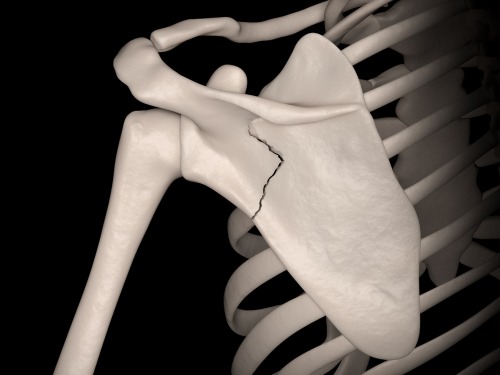 Shoulder is comprised of several joints, tendons, and muscles that allow for a wide range of motion in the arm region. You can do everything from throwing the perfect pitch to scratching your back. However, mobility comes at a price. It may lead to impingement or instability in the bony structure or soft tissue in the shoulder, causing pain.
Shoulder is comprised of several joints, tendons, and muscles that allow for a wide range of motion in the arm region. You can do everything from throwing the perfect pitch to scratching your back. However, mobility comes at a price. It may lead to impingement or instability in the bony structure or soft tissue in the shoulder, causing pain.
Thomas & Bigler Knee & Shoulder Institute, led by board certified orthopedic surgeons Dr. Steven C. Thomas and Dr. Gregory T. Bigler, provides orthopedic surgery to patients in Las Vegas, Nevada as well as greater Pahrump, Bullhead City, Lake Havasu, and Mesquite, NV.
Bursitis
Bursae are fluid-filled small sized sacs located in the joints all over the body. This includes the shoulders as well. Excessive use of the shoulder may result in swelling or inflammation of the bursa between the acromion and the rotator cuff. Acromion is a part of the shoulder blade. This can result in a condition called subacromial bursitis.
Tendinitis
Tendons are cords connecting the bone to the muscle. Tendonitis is usually a result of inflammation. It is usually of two types:
- Acute: Excessive ball throwing or any other overhead activities during sport and work can cause acute tendonitis
- Chronic: Degenerative diseases, such as repetitive wear and tear, and arthritis can cause chronic tendinitis
Tendon Tears
Tearing and splitting of tendons can result from degenerative changes or acute injury in the tendons because of long-term overuse, advancing age, sudden injury, and wear and tear. These tears can cause partial or complete separation of the tendons from the bone. In case of complete tears, the tendon is completely pulled away from the bone attachment. Bicep tendon and rotator cuff injuries are among common injuries.
Impingement
Shoulder impingement takes place when the acromion or the top of the shoulder blade places pressure on the underlying soft tissue when the arm is being lifted away from the body. The acromion impinges or rubs against the bursa and rotator cuff tendons as the arm is lifted. This may cause tendinitis and bursitis, which may limit movement and cause pain.
Instability
Shoulder instability takes place when the upper arm bone head is forced out of the shoulder socket. This can take place because of overuse or sudden injury. Shoulder dislocation can be partial too. This is when the upper arm ball comes out of the socket partially in a condition known as subluxation. The ball is completely out of the socket in a complete dislocation.
Arthritis
Shoulder pain can happen because of arthritis. There are several types of this condition, with the most common being osteoarthritis. It is also known as wear and tear arthritis. Swelling, stiffness, pain and other symptoms can begin during middle age. Osteoarthrosis worsens with time and develops more gradually.
Fracture
Fractures are basically broken bones. Shoulder fractures involve the humerus (upper arm bone), clavicle (collarbone), and scapula (shoulder blade). They are often caused by a fall from standing height. Fractures are common in contact sports injury and motor vehicle accidents as well. They result in swelling, severe pain, and bruising around the shoulder.
Board certified orthopedic surgeons Dr. Thomas and Dr. Bigler receive patients from Las Vegas, Nevada as well as greater Pahrump, Bullhead City, Lake Havasu, and Mesquite, NV for safe and proven orthopedic surgery procedures.
Contact Board Certified Surgeons Dr. Bigler or Dr. Thomas at the Knee and Shoulder Institute in Las Vegas, NV to Schedule an Appointment:
If you would like to schedule an appointment or learn more about the Knee and Shoulder Institute procedures & treatments performed by Las Vegas, Nevada board-certified surgeons Steven C. Thomas, MD and Gregory T. Bigler, MD. Contact the office today click here.
Serving patients from and around greater Las Vegas, Lake Havasu, Bullhead City, Mesquite, Pahrump, Nevada

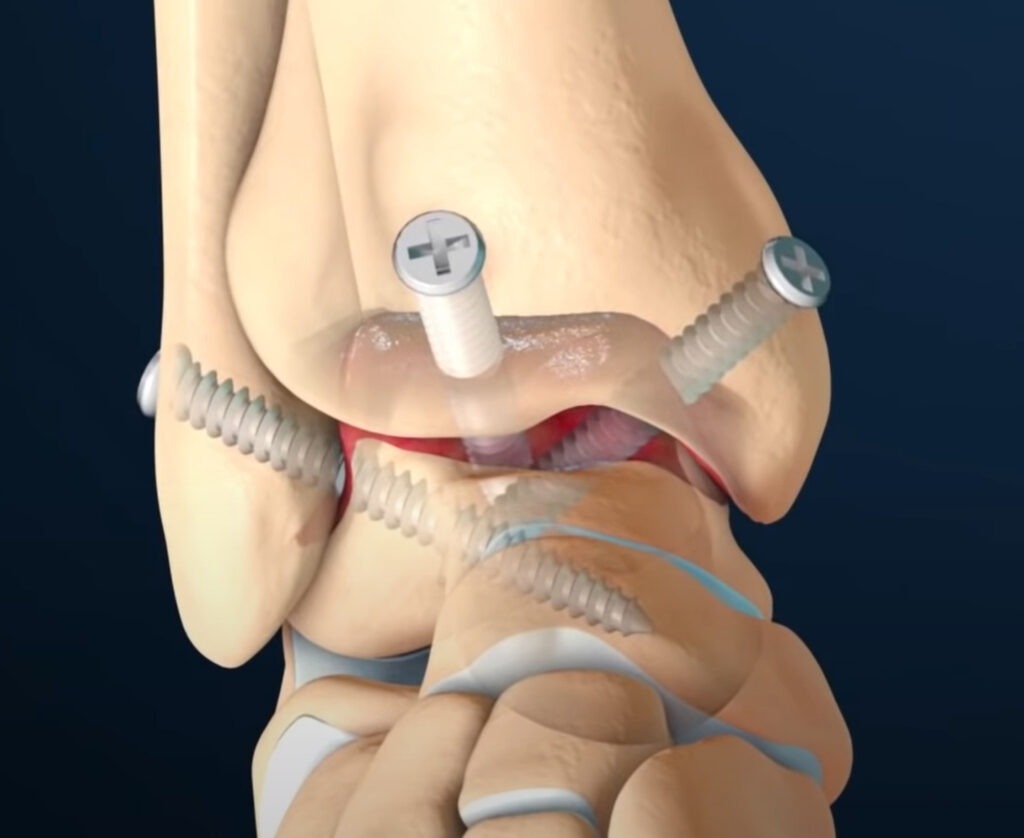 You may need joint fusion surgery (arthrodesis) if you have severe arthritis pain. The procedure welds or fuses the two bones together that form part of the aching joint. This will result in the bone getting fused together to become a single solid bone. This can help lessen the pain. This can stabilize the joint and help you place more weight on it.
You may need joint fusion surgery (arthrodesis) if you have severe arthritis pain. The procedure welds or fuses the two bones together that form part of the aching joint. This will result in the bone getting fused together to become a single solid bone. This can help lessen the pain. This can stabilize the joint and help you place more weight on it.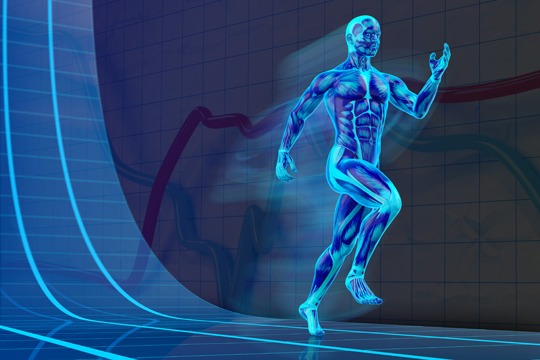 Orthopedic surgeons perform a wide array of orthopedic surgeries for addressing various different parts of the body. These procedures are invasive in nature, but are basic and routine.
Orthopedic surgeons perform a wide array of orthopedic surgeries for addressing various different parts of the body. These procedures are invasive in nature, but are basic and routine.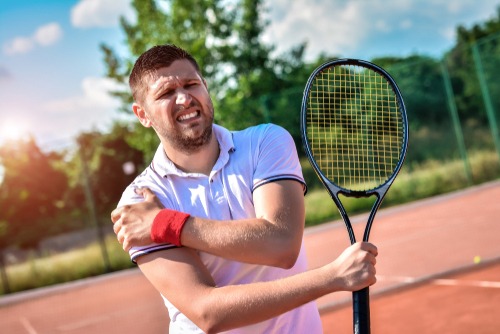 Arthritis and osteoarthritis are frequently confused together. This is because they both belong to the same family of pathology – rheumatism. However, the two are very different with several distinct symptoms.
Arthritis and osteoarthritis are frequently confused together. This is because they both belong to the same family of pathology – rheumatism. However, the two are very different with several distinct symptoms.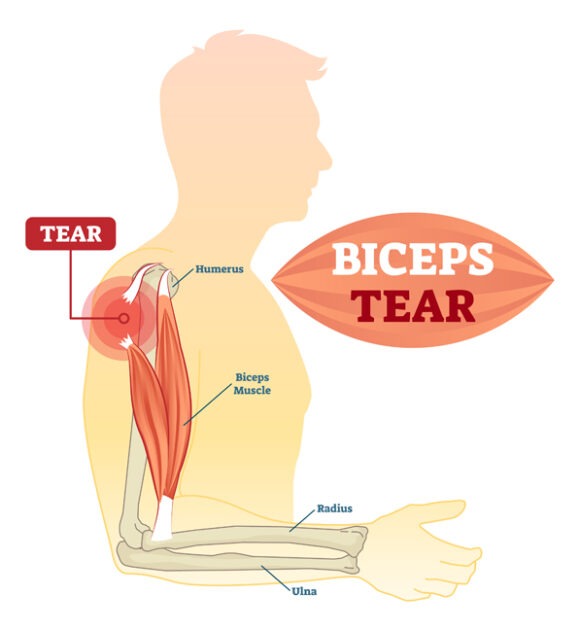
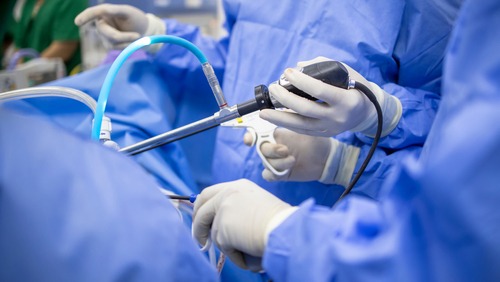 Shoulder blade fractures are relatively uncommon injuries resulting in swelling and pain in the shoulder area. These fractures are usually caused by blunt trauma or high energy injuries, such as car accidents and hard falls. The injury is usually treated in a nonsurgical way. However, depending on the severity, your physician may recommend surgical intervention.
Shoulder blade fractures are relatively uncommon injuries resulting in swelling and pain in the shoulder area. These fractures are usually caused by blunt trauma or high energy injuries, such as car accidents and hard falls. The injury is usually treated in a nonsurgical way. However, depending on the severity, your physician may recommend surgical intervention.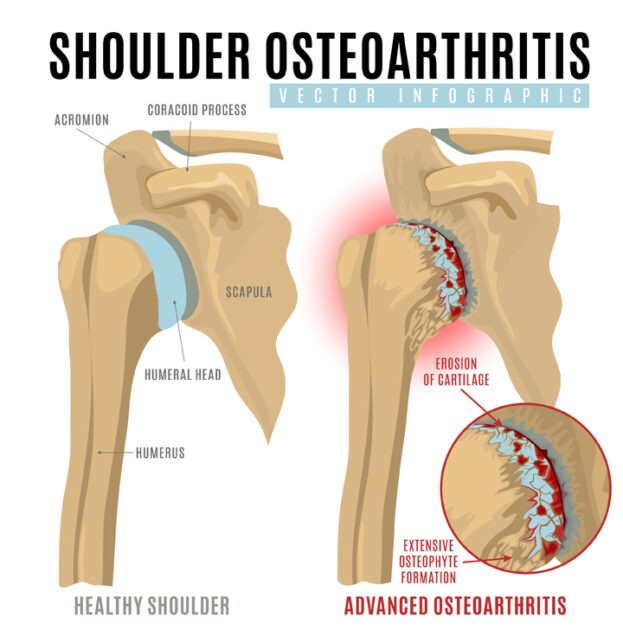 More than 50 million people in the country are affected by arthritis. The shoulder in the human body is one of the most sensitive areas. Pain and inflammation are major symptoms of arthritis in the area. There are several treatment options available even though there is no definite cure for arthritis for reducing pain and stiffness.
More than 50 million people in the country are affected by arthritis. The shoulder in the human body is one of the most sensitive areas. Pain and inflammation are major symptoms of arthritis in the area. There are several treatment options available even though there is no definite cure for arthritis for reducing pain and stiffness.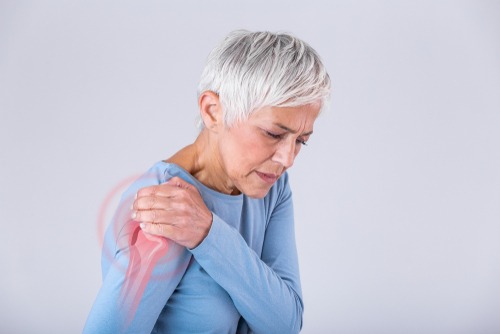 Rheumatoid Arthritis (RA) of the shoulder is a type of autoimmune disease which causes your body to start attacking healthy cells. This type of arthritis focuses specifically on cells in the joints as if they were an intruder or disease. This causes the cartilage or tissues in the shoulder to get destroyed, which results in rubbing bones.
Rheumatoid Arthritis (RA) of the shoulder is a type of autoimmune disease which causes your body to start attacking healthy cells. This type of arthritis focuses specifically on cells in the joints as if they were an intruder or disease. This causes the cartilage or tissues in the shoulder to get destroyed, which results in rubbing bones.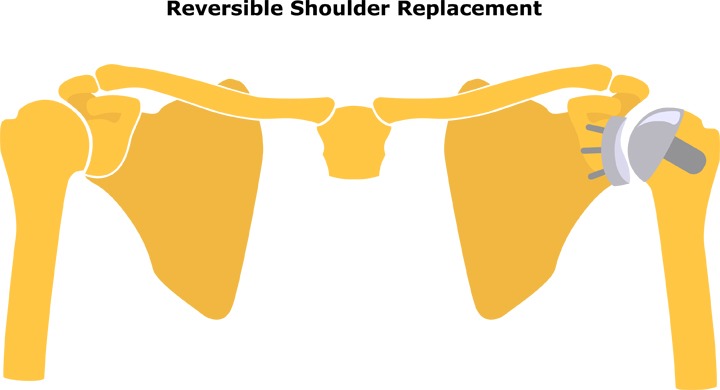 Reverse total shoulder replacement is an alternative treatment to usual shoulder replacement. The procedure was designed for people with large tears in their rotator cuff. Reverse total shoulder replacement works the same way as regular procedures. However, the joint in this is placed upside down. When the joint is attached in reverse, the arm is moved by different muscles. This is the primary reason for the alignment to work in a better way.
Reverse total shoulder replacement is an alternative treatment to usual shoulder replacement. The procedure was designed for people with large tears in their rotator cuff. Reverse total shoulder replacement works the same way as regular procedures. However, the joint in this is placed upside down. When the joint is attached in reverse, the arm is moved by different muscles. This is the primary reason for the alignment to work in a better way.